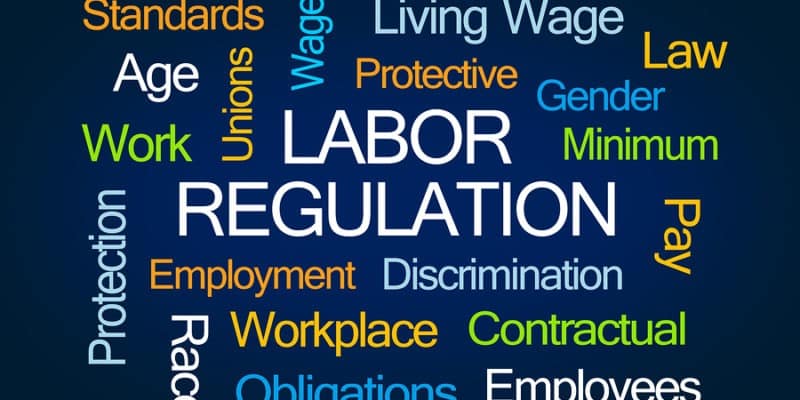POSTED BY: SANDY MCGEE JUNE 21, 2018
PORTSMOUTH, R.I. – In a major win for consumers, the General Assembly recently passed legislation (2018-H 7443, 2018-S 2607) that distinguishes penalties for licensed contractors, who fail to comply with Contractors’ Registration and License Board (CRLB) orders.
The new legislation imposes penalties for contractors operating without proper licenses or registration.
The legislation was introduced by Rep. Dennis M. Canario (D-Dist. 71, Portsmouth, Little Compton, Tiverton) and Sen. Paul W. Fogarty (D-Dist. 23, Glocester, Burrillville, North Smithfield) at the request of Attorney General Peter F. Kilmartin.
“Negligent and bad contractors not only waste consumers’ money, but there are also significant safety concerns that can arise with inferior or substandard contractor work. This bill will protect consumers’ wallets and health while also holding bad contractors responsible for their actions,” said Representative Canario.
“The public must have a real means to defend against fraudulent or shabby contractors. Today we are putting some teeth in the law to ensure that people get the restitution they deserve and to send a clear message to those who would fleece the public that they will be held accountable,” said Senator Fogarty.
“The number one consumer complaint filed with our office is against contractors who do shoddy work, or worse, fail to do the work at all,” said Attorney General Kilmartin. “Until now, our hands – and the hands of the CRLB – were tied because there was no legal avenue to hold these bad contractors accountable once the criminal sentence expired. This act gives our Office and the CRLB much-needed tools to protect homeowners and ensure that all contractors are playing by the rules. This is a great win for consumers.”
The legislation amends RIGL Section 5-65-19 (“penalty for operating without a registration – failure to comply with a final order of the board – repeat offense a felony”) to provide that any person who violates a final order of the CRLB where the monetary total of the order including, but not limited to, the monetary judgment and/or fines, is not more than $5,000, upon proper written notification, is deemed guilty of a misdemeanor, and, upon conviction, shall be imprisoned for a term not exceeding one year, fined not more than $1,000, or both.
Where the monetary total of the order is $5,000 or more, upon written notification, is deemed guilty of a felony, and, upon conviction, shall be imprisoned for a term not exceeding 10 years, fined not more than $10,000, or both. The imprisonment time for those persons found to be a repeat offender would be increased from up to 5 years to up to ten years.










